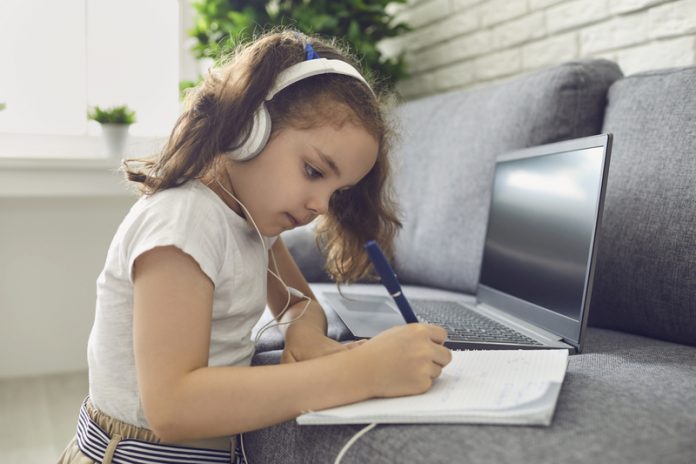Dr Paul Armstrong, The Manchester Institute for Education, University of Manchester, looks at the long-term outlook for the UK education system as we transition out of lockdown, specifically around addressing inequalities that have been exposed during the pandemic
COVID-19 has shone a light on the underlying issues with education in the UK, and it has become harder to ignore the relationship between socioeconomic inequality and lower attainment.
The pandemic has resulted in a radical, and perhaps irreversible, acceleration in the digitalisation of education – primary, secondary and tertiary. This, in turn, has left those lacking suitable resources or home learning environments at a significant disadvantage.
An Ofsted report into the initial return to schools after the second lockdown assessed the impact on students of the prior six months: it emphasised that the loss of learning had been “extensive”, and that there were broad and significant inequalities at both primary and secondary level – some students were simply “missing more curriculum time” than others had, even within the same teaching framework.
Ofsted’s chief inspector Amanda Spielman laid out as much in a speech recently, listing as a key reason for reopening schools having been that it was “much harder for you to keep a watchful eye on the most vulnerable children”.
That this is issue has become more prevalent during the pandemic will come as no surprise to those involved with education. The equity issue has always been plain to see – we have decades of studies to draw upon showing a direct correlation between socioeconomic status and educational performance.
A recent report by the British Academy suggested this “gap based on socioeconomic background widens as education progresses, leaving poorer students an average of 18 months behind their peers by GCSE age”. With regards to the pandemic, the report also reported that 74% of privately educated students received full virtual school days, compared to just 38% of state educated pupils. Indeed, one study by the Education Endowment Fund even suggested that “overall, the remote learning that has taken place during school closures is likely to have further widened rather than narrowed the gap”.
Time to embrace blended learning
Many would take the figures above as evidence that virtual schooling – or home learning – has broadly been a failure, with criticism from some quarters being levelled at educators. In fact, I believe schools have adjusted admirably to a situation they had little control over, particularly given the lack of existing infrastructure and resources they had to call upon. Further, while home learning may have exacerbated issues related to social inequality in the short term, greater focus on and investment into this area in the future could prove valuable in combatting this longstanding problem.
If correctly facilitated, remote learning could be a highly beneficial educational approach when integrated alongside traditional classroom education. A hybrid, blended approach would take advantage of the teaching workforce who have had a crash course in remote educating, and a sense of the rhythm and form of keeping students engaged.
Equally, it presents a welcome opportunity for students to work at their own pace through certain aspects of their curriculum. At the same time, for educators to place greater emphasis on home learning requires them to engage more directly with students’ home environment, including more open communication with parents and better analysis of the resources and supports that some children – particularly those from less affluent households – may need. Together, these factors would bring more of a level-playing field to education by directly tackling the imbalances caused by social inequality.
Addressing the digital divide
A greater emphasis on blended learning can only be possible if schools and the state are able to address the digital divide that exists across Britain – something that is, again, a key factor in the relationship between affluence and educational performance.
Simply put, households require reliable, high-speed broadband connectivity, as well as technological devices and digital skills if they are to be able to embrace virtual learning to its fullest. At present this is not the case; a recent survey from the education charity Teach First found 84% of British schools with the poorest children lacked devices so pupils could study at home. Similarly, many children, parents and teachers – we must not forget the educators themselves in this equation – will require training so that they can use both the hardware and software required for remote learning.
The past 12 months have forced the hands of educators – COVID-19 has made schools across the UK consider how they can best enable students to learn from home. Now is an opportune moment to push this progress on further, implementing the infrastructure and training to ensure children have the best possible home learning environment regarding of their socioeconomic backgrounds.











